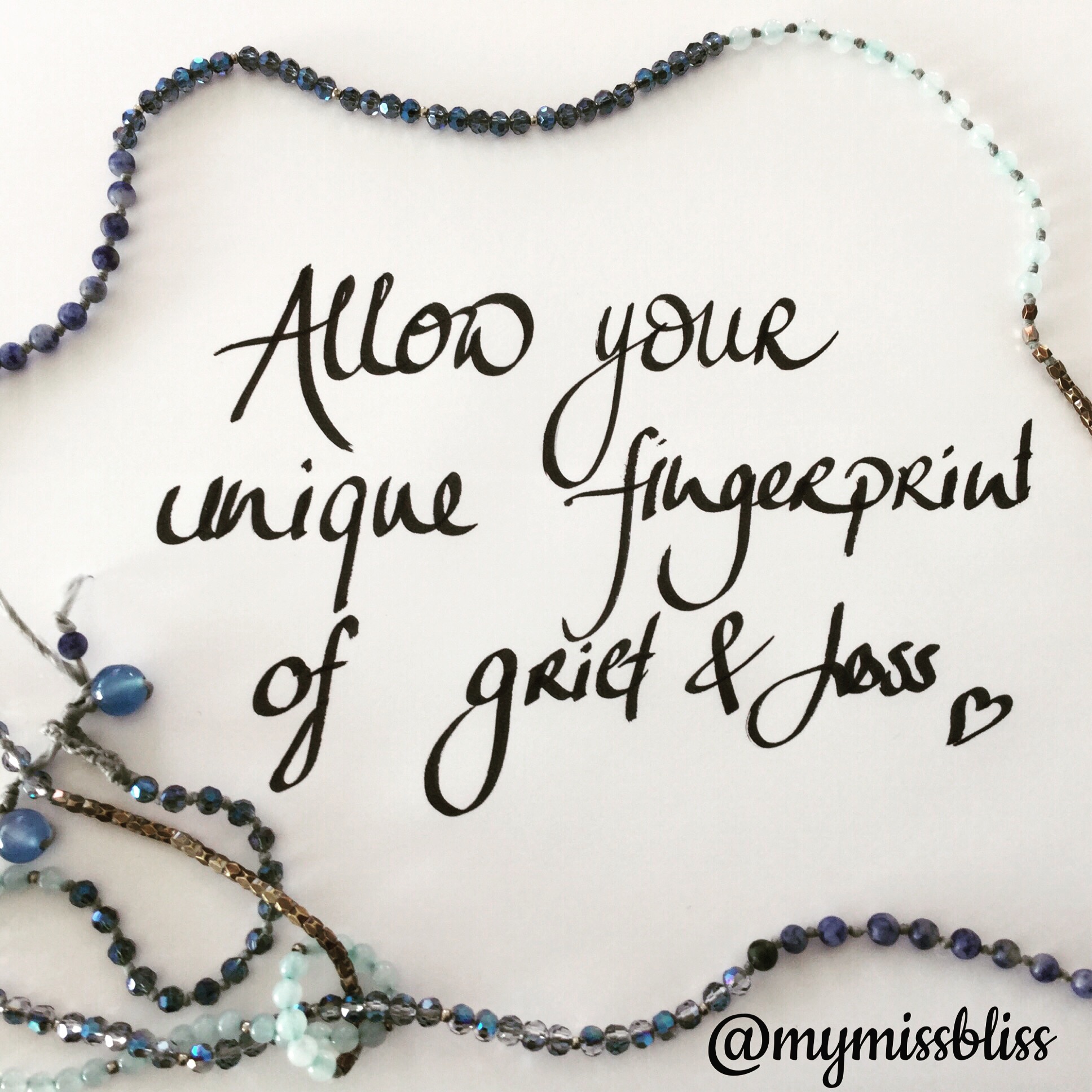
Hello, curious kids! Do you have a question you’d like an expert to answer? Ask an adult to send your question to Please tell us your name, age and the city where you live.Īnd since curiosity has no age limit – adults, let us know what you’re wondering, too. And now forensic scientists can detect decades-old fingerprints, too – maybe allowing detectives to solve really old crimes – with a new technique that uses a color-changing chemical to map the sweat glands within your fingerprints. Those little ridges can hide tiny amounts of substances too – which means they could be used to detect the use of illegal drugs like cocaine and heroin. As fingerprint detection and study methods have improved, detectives can even use them to see who threw a particular stone. Police forces are still finding new uses for fingerprints, too. This makes sense because the other animals besides human beings that have fingerprints – including many other primates like apes and monkeys, and koalas – are all tree climbers.ĭo your prints match those left at the scene of a crime? New Africa/ People have long thought that fingerprints provide the friction that helps our hands grip objects. Surprisingly, nobody really knows what fingerprints are for.

No matter how much you change as you grow up, you’ll always have the set you have now, no matter how long you live. So your fingerprints are totally unique to you and have been since before you were born.
#Unique fingerprint skin
Even if you have a major skin injury, your prints will come back when the outer layer heals – though you might have a scar, too. The ridges of a fingerprint are visible on the skin’s surface layer, but the pattern is actually “encoded” below that. It was only in 2015 that a big long-term study showed that fingerprints are stable over a person’s lifetime. No two people end up with exactly the same fingerprints, even identical twins. For example, the shape and size of the blood vessels in your skin, how fast the different layers of skin are growing, and the chemical environment inside the womb all play a part. So you probably share some fingerprint patterns with your family members.īut the details of your fingerprints are influenced by many other factors besides genes.

These folds eventually cause the surface layers of the skin to fold too, and by the time a fetus is 17 weeks old – about halfway through a pregnancy – its fingerprints are set.Īlthough this folding process might sound random, the overall size and shape of fingerprints are influenced by the genes you get from your parents.


 0 kommentar(er)
0 kommentar(er)
